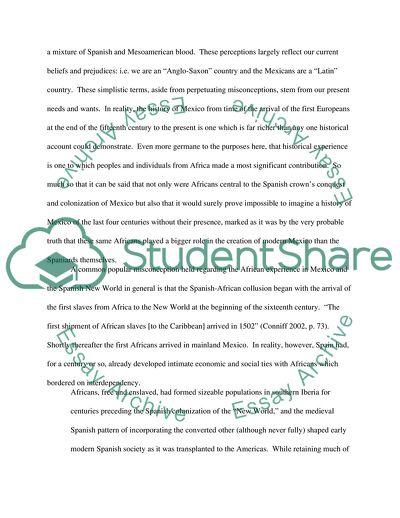Cite this document
(Africans and the Colonization of Mesoamerica Essay, n.d.)
Africans and the Colonization of Mesoamerica Essay. Retrieved from https://studentshare.org/history/1730267-cortes-used-aferican-slaves-in-his-conquest-of-mesoamerica-and-without-their-use-in-large-numbers-as-soldier-and-labor-he-wouldnt-of-had-so-much-success
Africans and the Colonization of Mesoamerica Essay. Retrieved from https://studentshare.org/history/1730267-cortes-used-aferican-slaves-in-his-conquest-of-mesoamerica-and-without-their-use-in-large-numbers-as-soldier-and-labor-he-wouldnt-of-had-so-much-success
(Africans and the Colonization of Mesoamerica Essay)
Africans and the Colonization of Mesoamerica Essay. https://studentshare.org/history/1730267-cortes-used-aferican-slaves-in-his-conquest-of-mesoamerica-and-without-their-use-in-large-numbers-as-soldier-and-labor-he-wouldnt-of-had-so-much-success.
Africans and the Colonization of Mesoamerica Essay. https://studentshare.org/history/1730267-cortes-used-aferican-slaves-in-his-conquest-of-mesoamerica-and-without-their-use-in-large-numbers-as-soldier-and-labor-he-wouldnt-of-had-so-much-success.
“Africans and the Colonization of Mesoamerica Essay”. https://studentshare.org/history/1730267-cortes-used-aferican-slaves-in-his-conquest-of-mesoamerica-and-without-their-use-in-large-numbers-as-soldier-and-labor-he-wouldnt-of-had-so-much-success.


